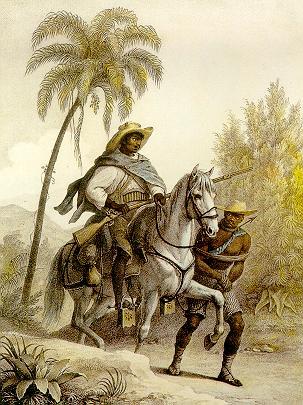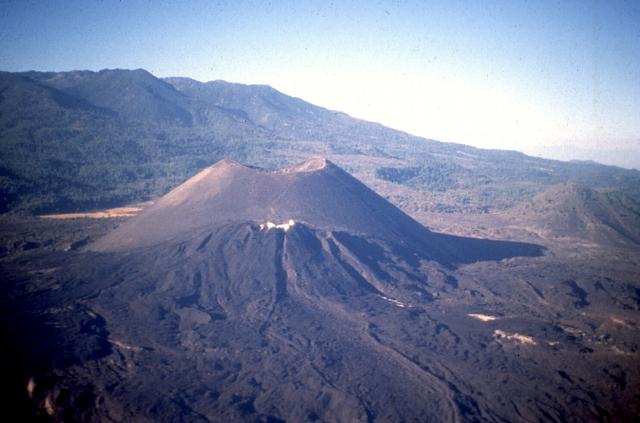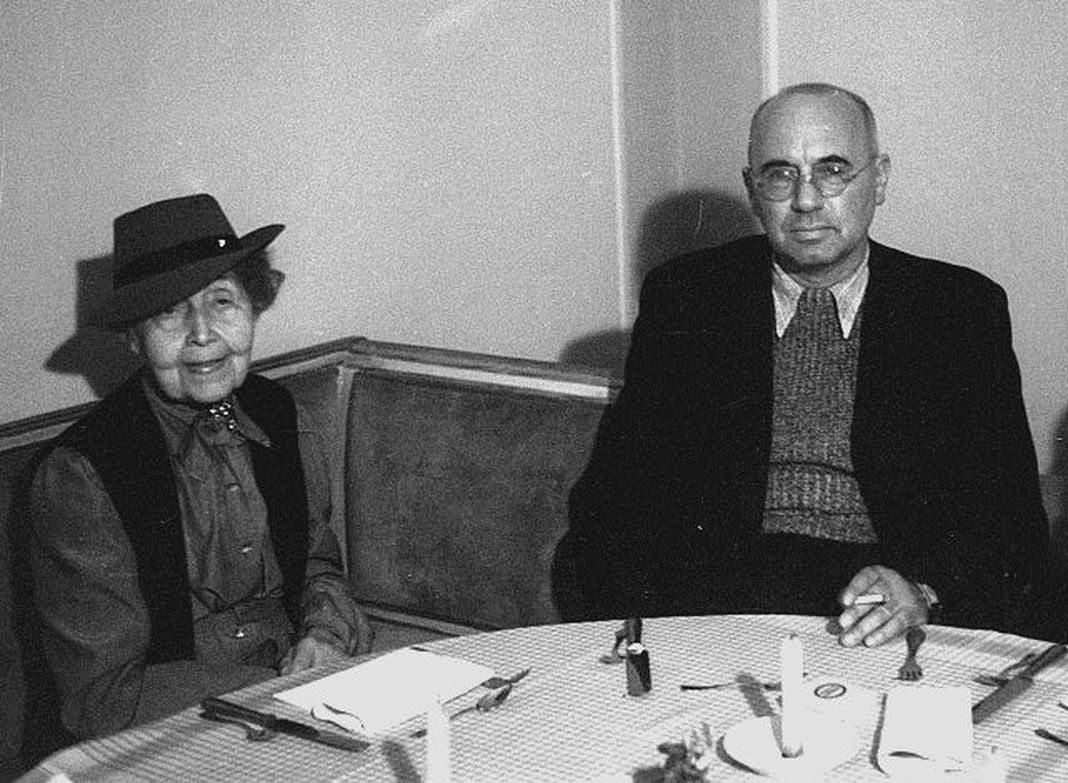|
Garden Of Evil
''Garden of Evil'' is a 1954 American CinemaScope Western film directed by Henry Hathaway, about three somewhat disreputable 19th-century soldiers of fortune, played by Gary Cooper as an ex-lawman, Richard Widmark as a gambler, and Cameron Mitchell as a bounty hunter, who are randomly hired by a woman, portrayed by Susan Hayward, to rescue her husband (Hugh Marlowe). Rita Moreno appears at the beginning of the film as a Mexican cantina singer/dancer. Plot When their steamship for California experiences engine trouble, three American adventurers find themselves stranded in a Mexican fishing village. While they discuss their options in a local saloon, enter Leah Fuller, whose husband John is trapped in a distant gold mine. She needs help to rescue him. Noticing the Americans, she offers them $2,000 each, tossing a bag of coins on their table. Her gesture attracts the attention of another saloon customer, Vicente, who accepts her deal. The Americans -- an ex-sheriff, a gambler ... [...More Info...] [...Related Items...] OR: [Wikipedia] [Google] [Baidu] |
Henry Hathaway
Henry Hathaway (March 13, 1898 – February 11, 1985) was an American film director and producer. He is best known as a director of Westerns, especially starring Randolph Scott and John Wayne. He directed Gary Cooper in seven films. Background Born Henri Léopold de Fiennes Hathaway in Sacramento, California, *a "Born March 13, 1898 in Sacramento, California." he was the son of an American actor and stage manager, Rhody Hathaway (1868–1944), and a Hungarian-born Belgian aristocrat, the Marquise Lillie de Fiennes (Budapest, 1876–1938), who acted under the name Jean Hathaway. This branch of the De Fiennes family came to America in the 19th century on behalf of King Leopold I of Belgium and was part of the negotiations with the Belgian Prime Minister, Charles Rogier (1800–1885), to secure the 1862 treaty between Belgium and what was then known as the Sandwich Islands and is now called Hawaii. The title Marquis, commissioned by the King of the Belgians, comes from his gr ... [...More Info...] [...Related Items...] OR: [Wikipedia] [Google] [Baidu] |
Bounty Hunter
A bounty hunter is a private agent working for bail bonds who captures fugitives or criminals for a commission or bounty. The occupation, officially known as bail enforcement agent, or fugitive recovery agent, has traditionally operated outside the legal constraints that govern police officers and other agents of the state. This is because a bail agreement between a defendant and a bail bondsman is essentially a civil contract that is incumbent upon the bondsman to enforce. As a result, bounty hunters hired by a bail bondsman enjoy significant legal privileges, such as forcibly entering a defendant's home without probable cause or a search warrant; however, since they are not police officers, bounty hunters are legally exposed to liabilities that normally exempt agents of the state—as these immunities enable police to perform their designated functions effectively without fear—and everyday citizens approached by a bounty hunter are neither required to answer their questio ... [...More Info...] [...Related Items...] OR: [Wikipedia] [Google] [Baidu] |
Nuevo San Juan Parangaricutiro
Nuevo San Juan Parangaricutiro or Parangaricutirimícuaro is a small village in the Mexican state of Michoacán near the Parícutin volcano. It is the municipal seat for the municipality of Nuevo Parangaricutiro. The city is called ''Nuevo'' (Spanish for "new") because the original San Juan Parangaricutiro was destroyed during the formation of the Parícutin volcano in 1943.Mexican volcanoes, Parícutin from the describing the destruction of both San Juan and Parícutin. Along with the village of Parícutin, San Juan Parangaricutiro was buried beneath ash and |
Parícutin
Parícutin (or Volcán de Parícutin, also accented Paricutín) is a cinder cone volcano located in the Mexican state of Michoacán, near the city of Uruapan and about west of Mexico City. The volcano surged suddenly from the cornfield of local farmer Dionisio Pulido in 1943, attracting both popular and scientific attention. Paricutín presented the first occasion for modern science to document the full life cycle of an eruption of this type. During the volcano's nine years of activity, scientists sketched and mapped it and took thousands of samples and photographs. By 1952, the eruption had left a cone and significantly damaged an area of more than with the ejection of stone, volcanic ash and lava. Three people were killed, two towns were completely evacuated and buried by lava, and three others were heavily affected. Hundreds of people had to permanently relocate, and two new towns were created to accommodate their migration. Although the larger region still remains highl ... [...More Info...] [...Related Items...] OR: [Wikipedia] [Google] [Baidu] |
Acapulco
Acapulco de Juárez (), commonly called Acapulco ( , also , nah, Acapolco), is a city and major seaport in the state of Guerrero on the Pacific Coast of Mexico, south of Mexico City. Acapulco is located on a deep, semicircular bay and has been a port since the early colonial period of Mexico's history. It is a port of call for shipping and cruise lines running between Panama and San Francisco, California, United States. The city of Acapulco is the largest in the state, far larger than the state capital Chilpancingo. Acapulco is also Mexico's largest beach and balneario resort city. Acapulco de Juárez is the municipal seat of the municipality of Acapulco. The city is one of Mexico's oldest beach resorts, coming into prominence in the 1940s through the 1960s as a getaway for Hollywood stars and millionaires. Acapulco was once a popular tourist resort, but due to a massive upsurge in gang violence and homicide numbers since 2014, Acapulco no longer attracts many foreign touris ... [...More Info...] [...Related Items...] OR: [Wikipedia] [Google] [Baidu] |
Tepotzotlán
Tepotzotlán () is a city and a municipality in the Mexican state of Mexico. It is located northeast of Mexico City about a 45-minute drive along the Mexico City- Querétaro at marker number 41. In Aztec times, the area was the center of a dominion that negotiated to keep most of its independence in return with being allied with the Aztec Triple Alliance. Later, it would also be part of a "Republic of the Indians," allowing for some autonomy under Spanish rule as well. The town became a major educational center during the colonial period when the Jesuits established the College of San Francisco Javier. The college complex that grew from its beginnings in 1580 would remain an educational center until 1914. Today this complex houses the Museo del Virreinato (Museum of the Vice Regal or Colonial Period), with one of the largest collections of art and other objects from this time period. The name Tepotzotlán is of Nahuatl origin and means "among humpbacks," referring to the sha ... [...More Info...] [...Related Items...] OR: [Wikipedia] [Google] [Baidu] |
Mexico
Mexico (Spanish: México), officially the United Mexican States, is a country in the southern portion of North America. It is bordered to the north by the United States; to the south and west by the Pacific Ocean; to the southeast by Guatemala, Belize, and the Caribbean Sea; and to the east by the Gulf of Mexico. Mexico covers ,Mexico ''''. . making it the world's 13th-largest country by are ... [...More Info...] [...Related Items...] OR: [Wikipedia] [Google] [Baidu] |
Anna Magnani
Anna Maria Magnani (; 7 March 1908 – 26 September 1973) was an Italian actress.Obituary ''Variety'', 3 October 1973, pg. 47 She was known for her explosive acting and earthy, realistic portrayals of characters. Born in Rome, she worked her way through Rome's Academy of Dramatic Art by singing at night clubs. During her career, her only child was stricken by polio when he was 18 months old and remained disabled. She was referred to as "La Lupa", the "perennial toast of Rome" and a "living she-wolf symbol" of the cinema. ''Time'' described her personality as "fiery", and drama critic Harold Clurman said her acting was "volcanic". In the realm of Italian cinema, she was "passionate, fearless, and exciting," an actress whom film historian Barry Monush calls "the volcanic earth mother of all Italian cinema."Monush, Barry. ''The Encyclopedia of Hollywood Film Actors'', Hal Leonard Corp. (2003) Director Roberto Rossellini called her "the greatest acting genius since Eleonora Duse" ... [...More Info...] [...Related Items...] OR: [Wikipedia] [Google] [Baidu] |
Rossano Brazzi
Rossano Brazzi (18 September 1916 – 24 December 1994) was an Italian actor. Biography Brazzi was born in Bologna, Italy, the son of Maria Ghedini and Adelmo Brazzi, an employee of the Rizzoli shoe factory. He was named after Rossano Veneto, where his father was stationed during his military service in World War I. Brazzi attended San Marco University in Florence, Italy, where he was raised from the age of four. He was a lawyer before becoming an actor and made his film debut in 1939. He moved to Hollywood in 1948 and was propelled to international fame with his role in the English-language film ''Three Coins in the Fountain (film), Three Coins in the Fountain'' (1954), followed by the leading male role in David Lean's ''Summertime (1955 film), Summertime'' (1955), opposite Katharine Hepburn. In 1958, he played the lead as Frenchman Emile De Becque in the Rodgers and Hammerstein musical ''South Pacific (1958 film), South Pacific''. His other notable English-language films ... [...More Info...] [...Related Items...] OR: [Wikipedia] [Google] [Baidu] |
William Dieterle
William Dieterle (July 15, 1893 – December 9, 1972) was a German-born actor and film director who emigrated to the United States in 1930 to leave a worsening political situation. He worked in Hollywood primarily as a director for much of his career, becoming a United States citizen in 1937. He moved back to Germany in the late 1950s. His best-known films include ''The Story of Louis Pasteur'' (1936), ''The Hunchback of Notre Dame'' (1939) and ''The Devil and Daniel Webster'' (1941). His film ''The Life of Emile Zola'' (1937) won the Academy Award for Best Picture, the second biographical feature to do so. Early life and career He was born Wilhelm Dieterle in Ludwigshafen, the youngest child of nine, to factory worker Jacob and Berthe (Doerr) Dieterle. As a child, he lived in considerable poverty and earned money by various means, including carpentry and as a scrap dealer. He became interested in theater early and would stage productions in the family barn for friends and f ... [...More Info...] [...Related Items...] OR: [Wikipedia] [Google] [Baidu] |
Volcano (1950 Film)
''Volcano'' (Italian title ''Vulcano'') is a 1950 Italian drama film directed by William Dieterle and starring Anna Magnani, Rossano Brazzi, and Geraldine Brooks. It was filmed on location on Salina Island, in the Aeolian Islands, and in the city of Messina on Sicily. ''Vulcano'' has been seen by some as a vehicle of revenge by Anna Magnani against her estranged lover at the time, Italian film director Roberto Rossellini, who had chosen Ingrid Bergman to star in his film series about marriage, instead of her. Rossellini made his film '' Stromboli'' on the nearby volcanic island of Stromboli at the same time as ''Volcano'' was being made on Salina. Both films were shot simultaneously in similar locales in the Aeolian Islands, only 40 km apart; both actresses played independent-minded roles in a neorealist fashion. ''Life'' magazine wrote, "... in an atmosphere crackling with rivalry... Reporters were accredited, like war correspondents, to one or the other of the em ... [...More Info...] [...Related Items...] OR: [Wikipedia] [Google] [Baidu] |
Víctor Manuel Mendoza
Víctor Manuel Mendoza (1913–1995) was a Mexican film actor.Agrasánchez, Jr. p.159 Selected filmography * ''Almas rebeldes'' (1937) * ''Ojos tapatios'' (1938) - Carlos * ''Los bandidos de Río Frío'' (1938) - Juan Robreño * '' While Mexico Sleeps'' (1938) * ''Pescadores de perlas'' (1938) - Ignacio * ''Sangre en las montañas'' (1938) * ''Alma norteña'' (1939) - Agustín * ''Rosa de Xochimilco'' (1939) - El marido * ''¡Ay Jalisco... no te rajes!'' (1941) - Felipe Carbajal * ''Águila roja'' (1942) - Víctor Reyes * '' Simón Bolívar'' (1942) - La Mar * ''Beautiful Michoacán'' (1943) - Roque * ''Santa'' (1943) - Marcelino * ''El ametralladora'' (1943) - Felipe Carvajal * '' Cuando habla el corazón'' (1943) - Cruz González * ''Los amores de un torero'' (1945) - Ernesto * ''Mulata de Córdoba'' (1945) * ''Recuerdos de mi valle'' (1946) * ''Pervertida'' (1946) - Humberto * ''Cuando lloran los valientes'' (1947) - Coronel José Luis Arteche * ''Los tres García'' (1947) - Lu ... [...More Info...] [...Related Items...] OR: [Wikipedia] [Google] [Baidu] |





